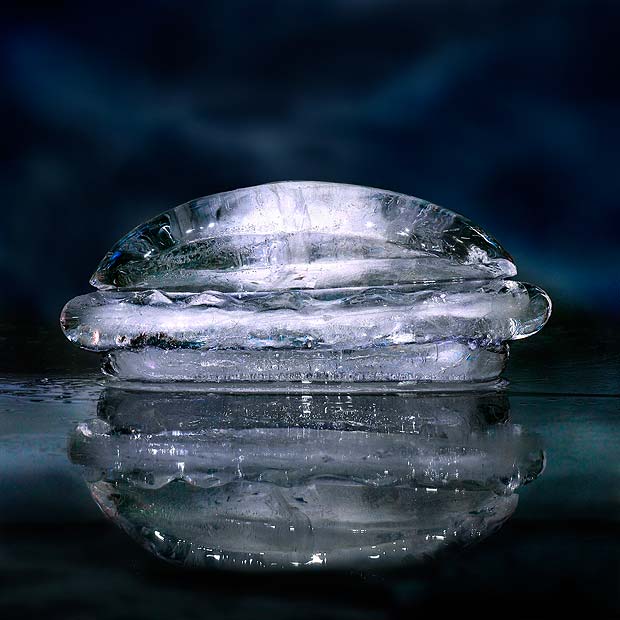Cool Blog Alert: Feasting On Art
"I'm interested in still life because it's an easy mode of visual communication that gives pride of place to the sustenance we all need to survive. They are a visual history of a the produce and regional dishes of a specific culture" explains Megan Fizell, the writer and art historian behind Feasting on Art, a blog that offers up food-centric artwork paired with recipes befitting the visuals and the context of their creation.
The Sydney-based American also recently curated the show at Sydney's Brenda May Gallery, Art + Food: Beyond the Still Life, the first of a series that will continue next fall with Sugar, Sugar, an exhibition of artwork created entirely with sugar.
As a Food Republic exclusive, we asked Fizell to pick five of her favorite food-based photographs, each one more striking than the next. Scroll down to take them all in, but first read on about Fizell's process, as well as some of her favorite grub spots in her hometown Down Under.
Are the recipes accompanying the images for each post mostly your own?
It depends on the specific recipe. I alternate between adapting recipes by other authors, and creating my own. If I'm adapting, I cite the recipe's original source.
And how does that work? What's your process like for each post?
I have a large archive of still-life images amassed on my computer, and every couple of months I cull the collection and make a shortlist of works I would like to feature on the blog based on the season. Then I either select an artwork and start working on a recipe based on the heritage of the artist (i.e. if it's a painting by a French artist I will try to make a French recipe) or I will search through my folder of recipe ideas and try to match a painting to the food. For each post, I have a day of planning and research, a day of cooking and photographing and then another day of writing.
What are some of your favorite restaurants in Sydney?
A tried and true favorite is Sea Bay in Sydney's Chinatown. It's a BYO joint that dosen't offer much by way of ambiance or décor, but the food is cheap and it tastes delicious. Our standard order consists of a spicy chicken salad, fried dumplings, handmade noodles with pepper lamb and a plate of egg and chives for my partner who insists we order it each time.
I also thoroughly enjoy eating fresh oysters at Sydney's fish market, anything served at the Thai restaurant Longrain and the kheema dosai at Malabar in the suburb of Darlinghurst. I can also highly recommend the Peking duck at Mr. Wong's Kitchen in the city.
Even though it's a year away, can you give us any teasers of what to expect at the Sugar, Sugar exhibition?
One of the highlights will be a large installation titled "Goosebump" by Elizabeth Willing, an artist whose work is focused on the collective experience of consuming food. It's composed of German pfeffernüsse biscuits covered with royal icing, which visitors are then invited to bite off the wall.
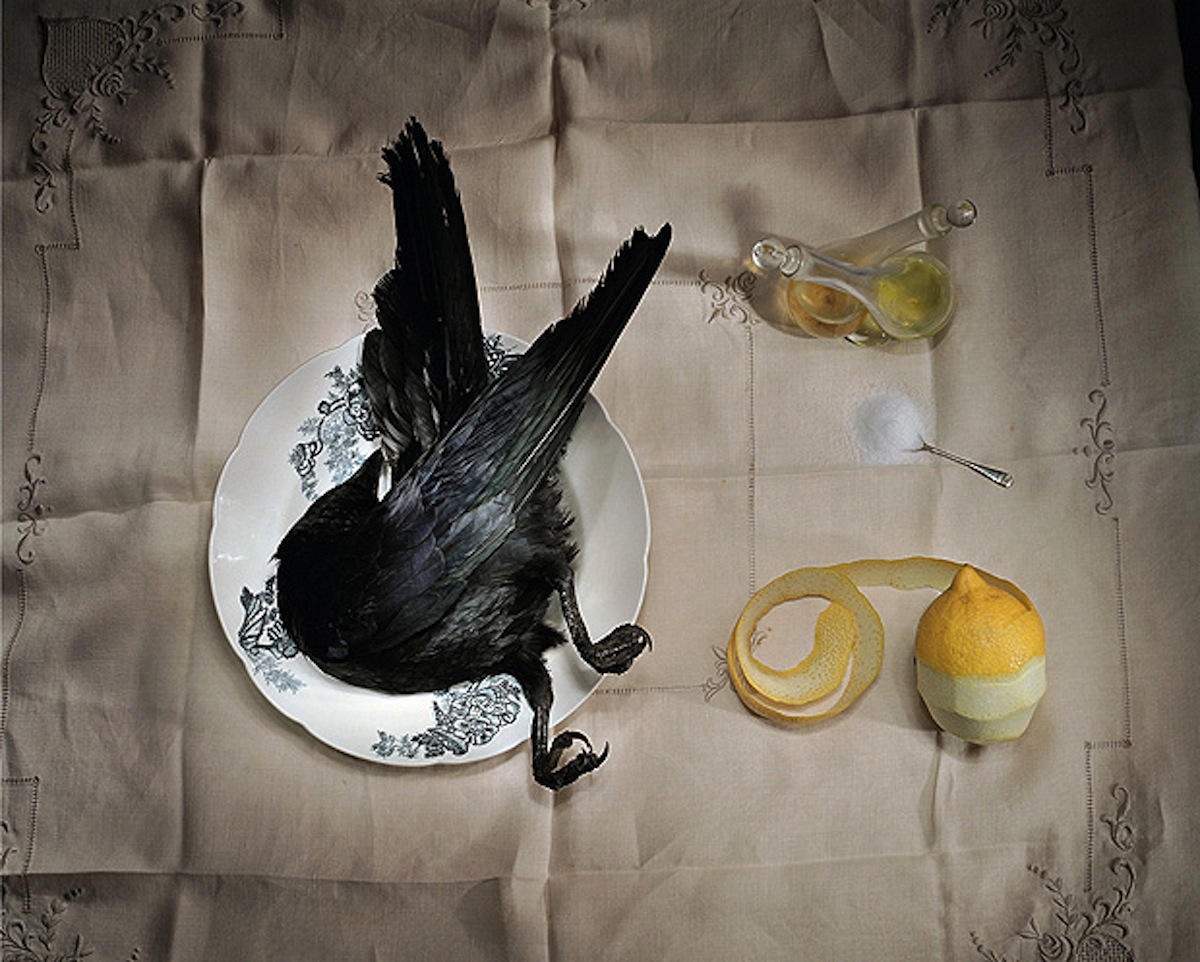 "In her beautifully composed photographs, Marian Drew includes the lifeless bodies of Australian fauna collected from the side of the road. The photographs represent a meeting of Europe and Australia through the insertion of wallabies, kangaroos, and possums into the still life tradition."[/caption]
"In her beautifully composed photographs, Marian Drew includes the lifeless bodies of Australian fauna collected from the side of the road. The photographs represent a meeting of Europe and Australia through the insertion of wallabies, kangaroos, and possums into the still life tradition."[/caption]
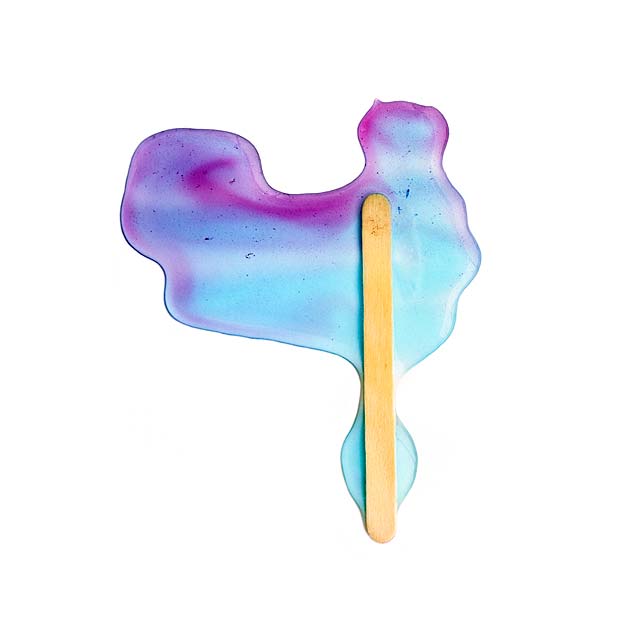 "The hyper-saturated colours in Will Nolan's melting ice block recall the nostalgia of sticky summer afternoons. The photograph acts as a modern vanitas; pictured melting, the popsicle, signals the inevitability of change and acts as a symbol of death."[/caption]
"The hyper-saturated colours in Will Nolan's melting ice block recall the nostalgia of sticky summer afternoons. The photograph acts as a modern vanitas; pictured melting, the popsicle, signals the inevitability of change and acts as a symbol of death."[/caption]
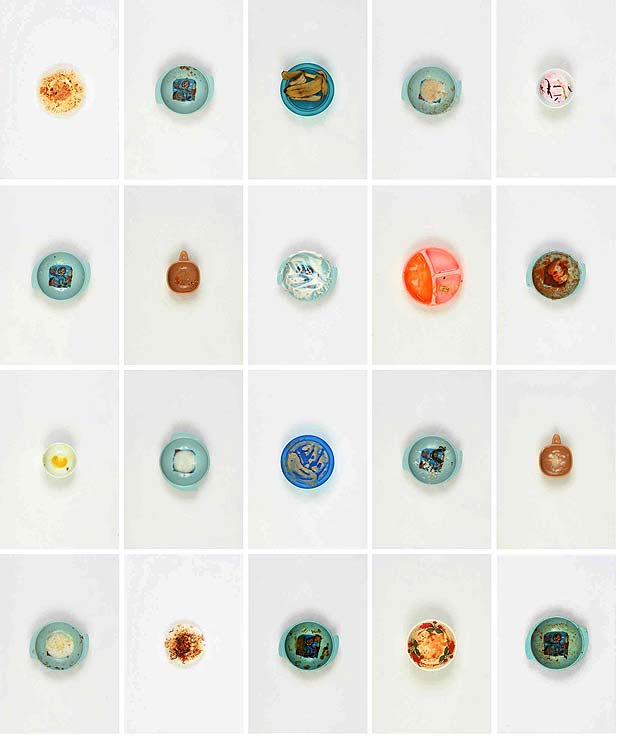 "Vin Ryan's 2010 series, Endless Days, archives the colourful remnants of meals consumed by the artist and his family. The scrapings left behind on the plates reference the hand of the artist and document abstract impressions of a meal."[/caption]
"Vin Ryan's 2010 series, Endless Days, archives the colourful remnants of meals consumed by the artist and his family. The scrapings left behind on the plates reference the hand of the artist and document abstract impressions of a meal."[/caption]
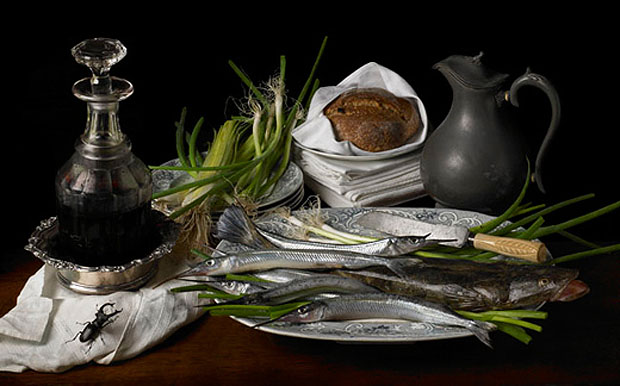 "Robyn Stacey's opulent still life photographs document the historic spaces and objects of Vaucluse House in Sydney. Her images preserve the original artifacts while recreating the lavishness of the 19th-century estate."[/caption]
"Robyn Stacey's opulent still life photographs document the historic spaces and objects of Vaucluse House in Sydney. Her images preserve the original artifacts while recreating the lavishness of the 19th-century estate."[/caption]
"Janet Tavener's photographs featuring sculpted ice freeze a moment in time, highlighting the temporality of life, and the precarious position of the environment as food production increases the demands upon the earth."[/caption]


